In November 2023, hundreds of technical experts from many of China's largest state-owned and private companies, including Industrial and Commercial Bank of China (ICBC), China Telecom, Meituan, and Baidu, gathered in Beijing for a developer certification training session on Huawei's Harmony Operating System (OS).
The telecom giant has been quietly building an independent Chinese operating system, exempt from US sanctions, for four years since it was placed on the blacklist.
Independent ecosystem
Unlike HarmonyOS 4, which still uses the Android Open Source Project (AOSP) as its foundation, HarmonyOS NEXT is built entirely on the proprietary Harmony core developed by Huawei.
This means that Huawei's new operating system will not have AOSP libraries, will not have compatibility with Android, and will not run existing Android applications (APKs) directly.
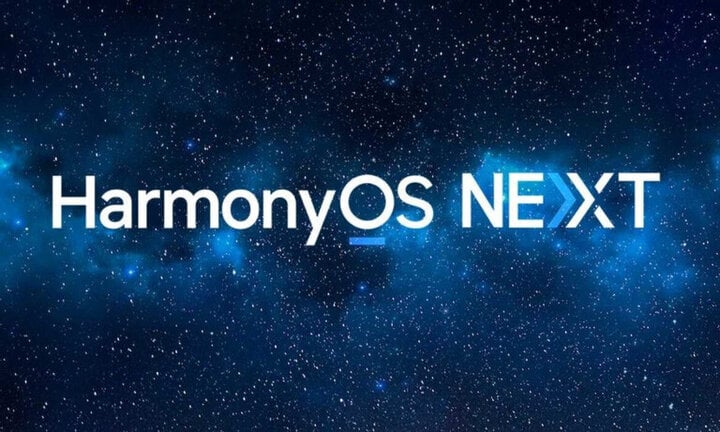
HarmonyOS NEXT is expected to help China escape its dependence on foreign technology companies.
Huawei's ambitious move opens up promising opportunities for developers and programmers in China. As native apps become the sole language of HarmonyOS NEXT, the demand for programmers proficient in this architecture will increase.
That prompted more than 400 software companies across various sectors in China to join and develop dedicated HarmonyOS NEXT apps.
This is not an easy goal, when the completely new application ecosystem has not been able to attract large-scale attention, especially from global program developers - a decisive factor in the long-term development of the operating system.
However, HarmonyOS NEXT is an important milestone in Huawei's journey towards software independence, paving the way for a potential alternative in the mobile market. Unlike the standard HarmonyOS, the new operating system does not have AOSP components and cannot run Android apps.
According to developers, by the end of 2024, Huawei plans to invest about $1 billion to develop about 5,000 applications for the new operating system.
HarmonyOS NEXT is a proprietary product of Huawei. Developers use Cangjie and ArkTS languages instead of Java and Kotlin to create apps for HarmonyOS NEXT. They also plan to integrate artificial intelligence (AI) into the system using the Pangu AI model.
Hardware self-reliance
According to a UBS survey, 11% of Chinese companies with demand for integrated circuit (IC) products said they are considering using domestic chips instead of imported chips, while 39% said they are willing to do so.
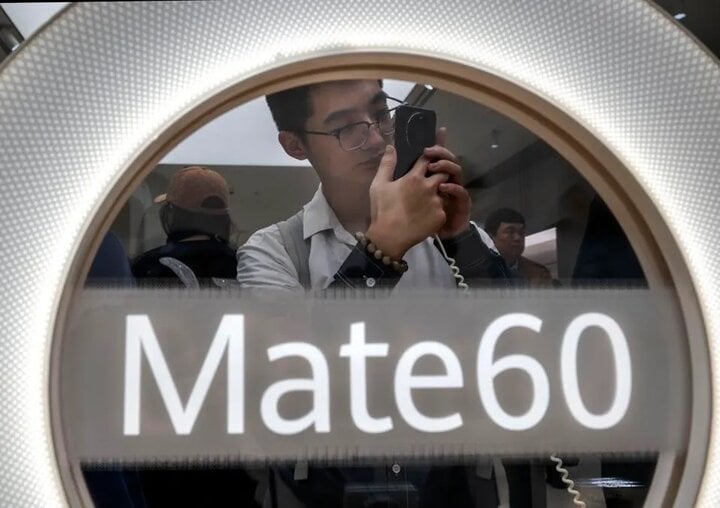
In August 2023, Huawei unexpectedly launched the high-end Mate 60 phone model with the Kirin 9000s chip manufactured by SMIC on the advanced 7nm process.
“In the next three years, the proportion of Chinese companies using domestically produced chips will gradually increase to 30 to 50 percent, which is quite a high increase,” said Jimmy Yu, a China technology analyst at UBS.
China's domestic semiconductor production is gradually increasing as the country's chip market gradually recovers after a long period of sluggish consumer demand and facing various economic difficulties.
In August 2023, Huawei unexpectedly launched the high-end Mate 60 phone model with the Kirin 9000s chip manufactured by SMIC on the advanced 7nm process. Based on tests conducted on the phone, the benchmarking website AnTuTu determined that the CPU has 12 cores and a maximum clock speed of 2.62GHz.
According to analyst Ming Chi Kuo, those who will benefit from the Mate 60 Pro launch include SMIC, chip testing and packaging company Jiangsu Changjiang Electronics Tech, filter suppliers Murata, GlobalFoundries and Win Semi. Meanwhile, SMIC – China’s largest chip contractor – can only make 14nm chips because Washington restricts the export of advanced chipmaking equipment such as EUV lithography machines.
Analyst Edison Lee said SMIC’s progress could raise questions about the effectiveness of US sanctions. Some theories have been put forward that SMIC uses deep ultraviolet (DUV) lithography equipment to produce 7nm chips, or that the Kirin 9000s chips come from a secret chip warehouse developed by Huawei.
“Obviously, the semiconductor industry is very strategic for every country in the world. Given the geopolitical tensions, every country is trying its best to stabilize and improve its own operations,” Ajit Manocha, CEO of industry group SEMI, told Bloomberg TV.
Surpass iOS, challenge Android
Zhu Yonggang, president of Huawei's Consumer Business Cloud Service, said that more than 200 industry partners have started developing native HarmonyOS apps, and the company aims to have 5,000 partners join by the end of 2024.
Meituan, the delivery service giant, has completed the first version of its HarmonyOS app with its first group of development partners, while other internet companies, such as lifestyle social media platform Xiaohongshu and online map service Amap, have also made progress.
Research firm TechInsights predicts that HarmonyOS will surpass iOS in market share to become the popular mobile operating system in China by 2024 and challenge the dominance of Android operating system in the mainland.
Last month, fintech giant Ant Group said it was building a new version of its Alipay payment app based on HarmonyOS, after Alibaba began developing a version of its DingTalk collaboration tool for the platform. Several major internet companies, including JD.com and NetEase, are also hiring developers to write native apps for Huawei’s operating system.
McDonald's China – a network of more than 5,500 restaurants and over 200,000 employees serving more than 1 billion customers a year – becomes one of the first multinational food companies in the mainland to use HarmonyOS Next.
According to a share in August 2023 by Huawei consumer division CEO Richard Yu Chengdong, more than 700 million devices were running HarmonyOS with more than 2.2 million third-party developers writing apps for the platform.
The Viet (Source: Synthesis)
Source




































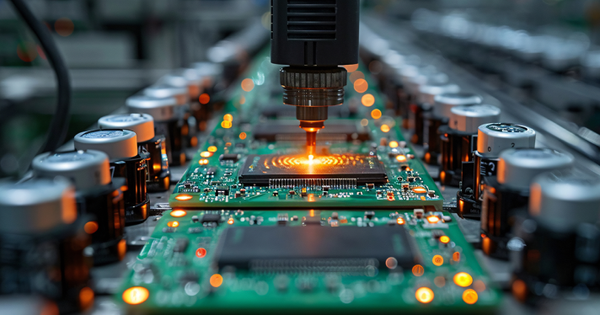
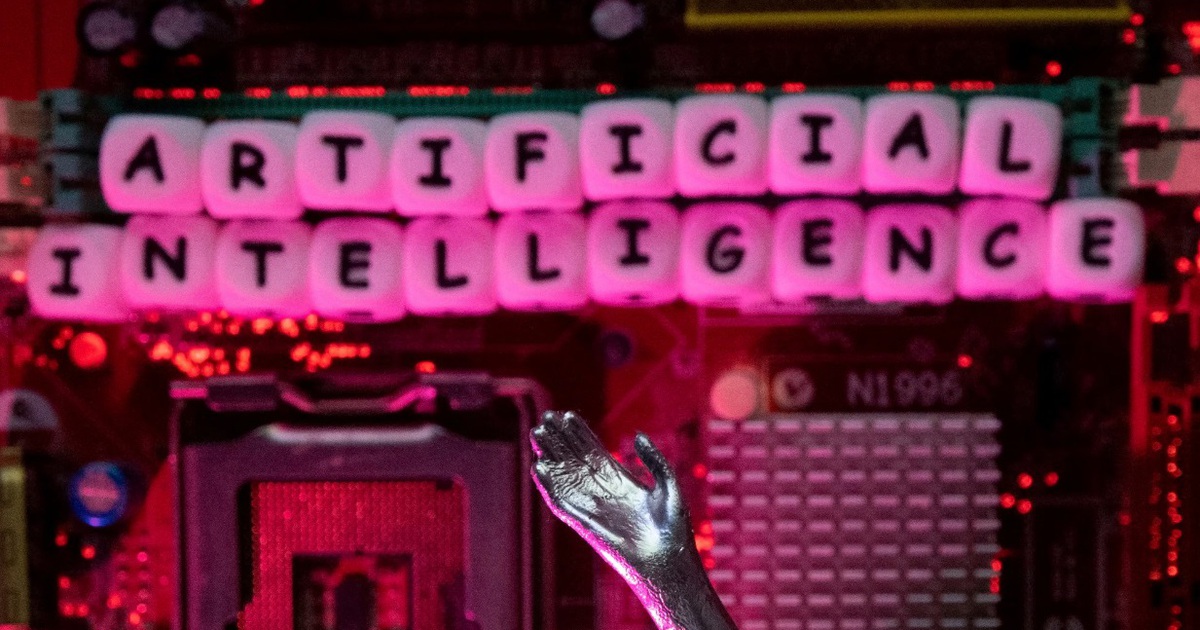
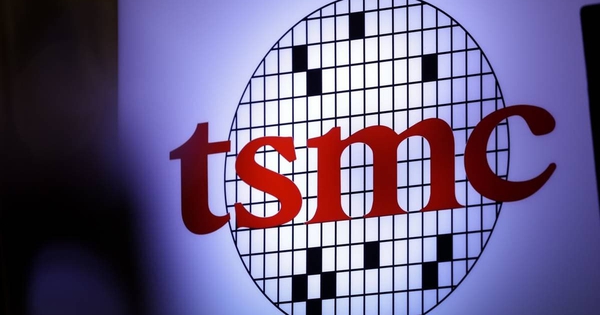
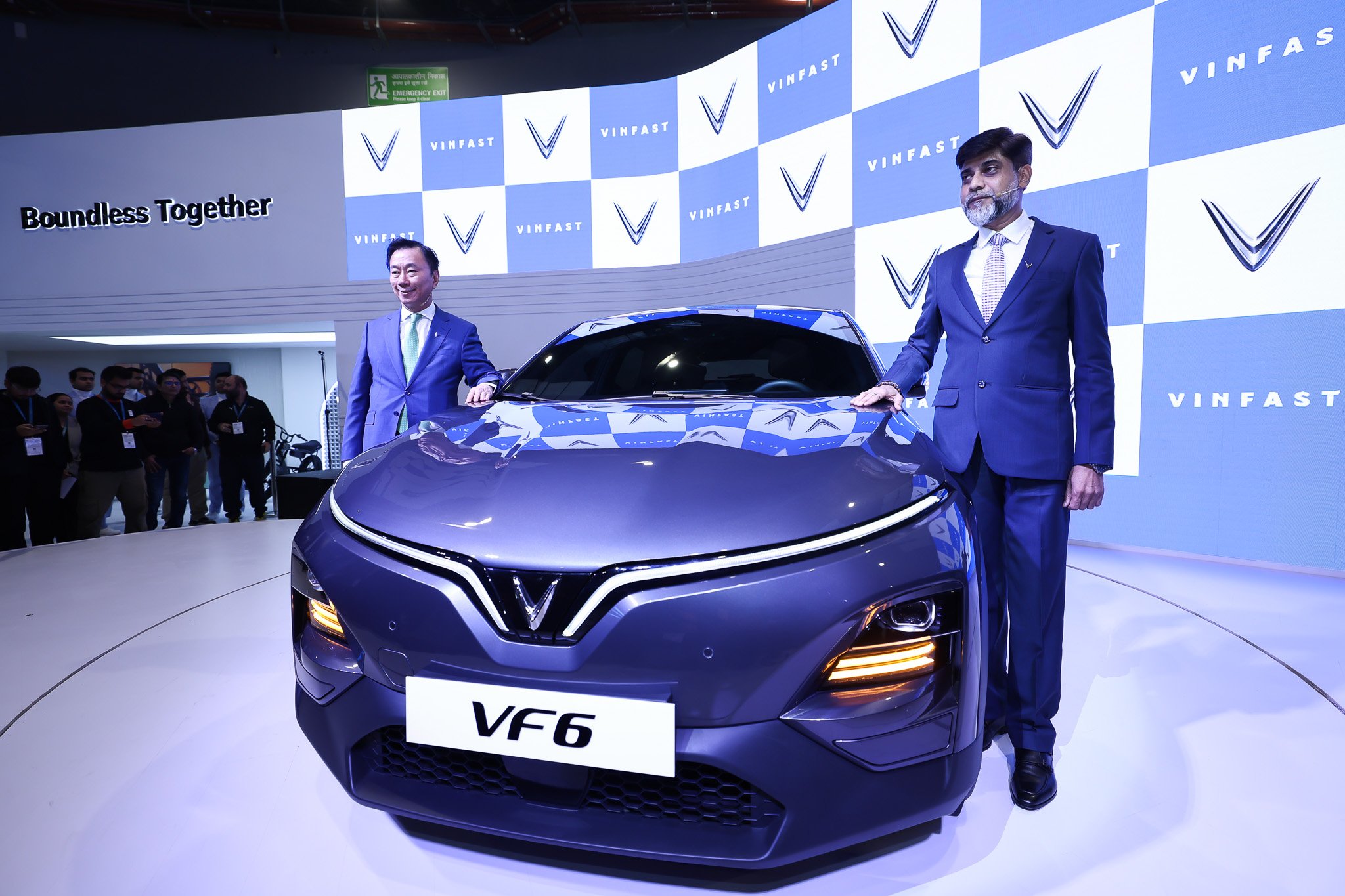

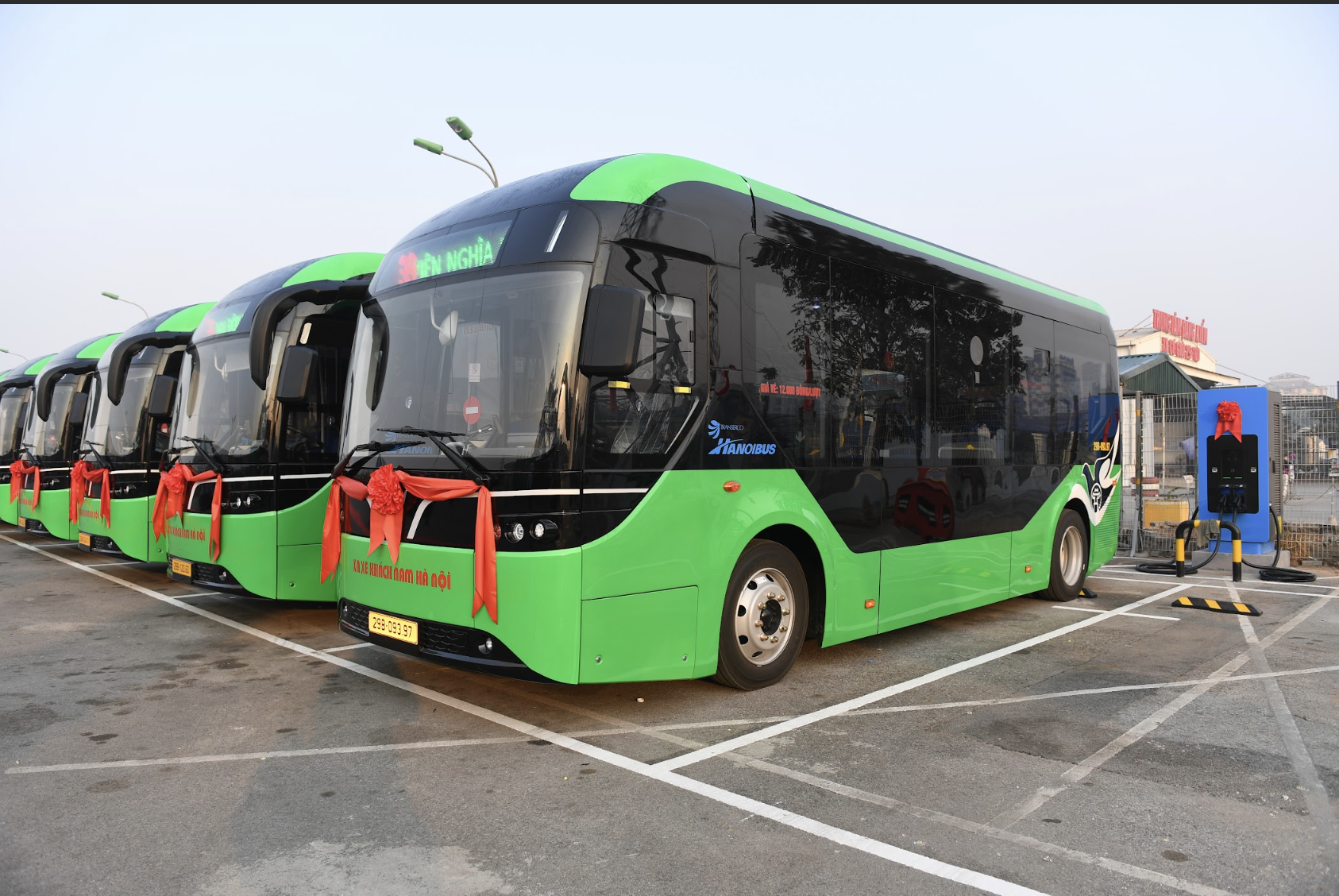
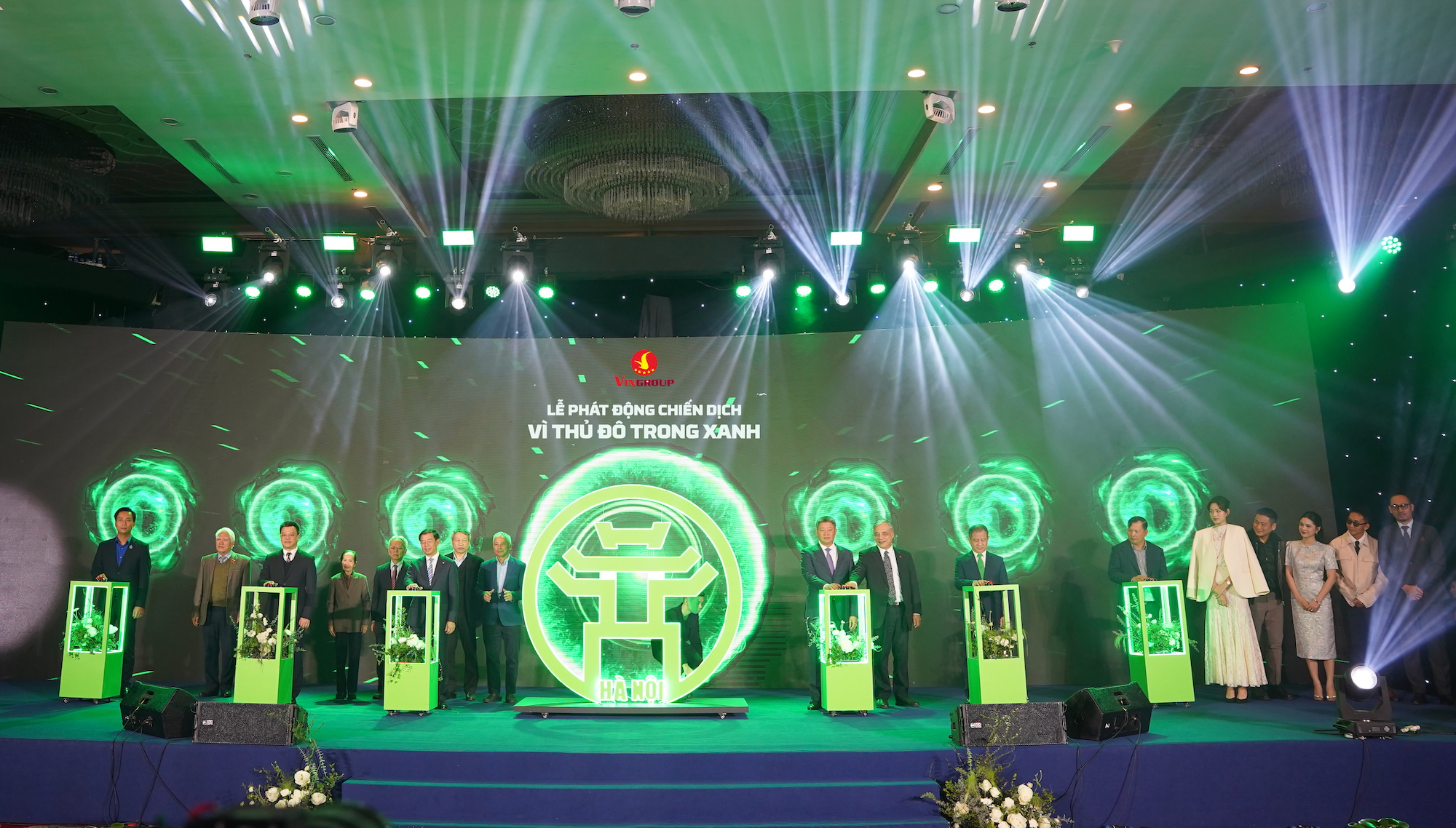












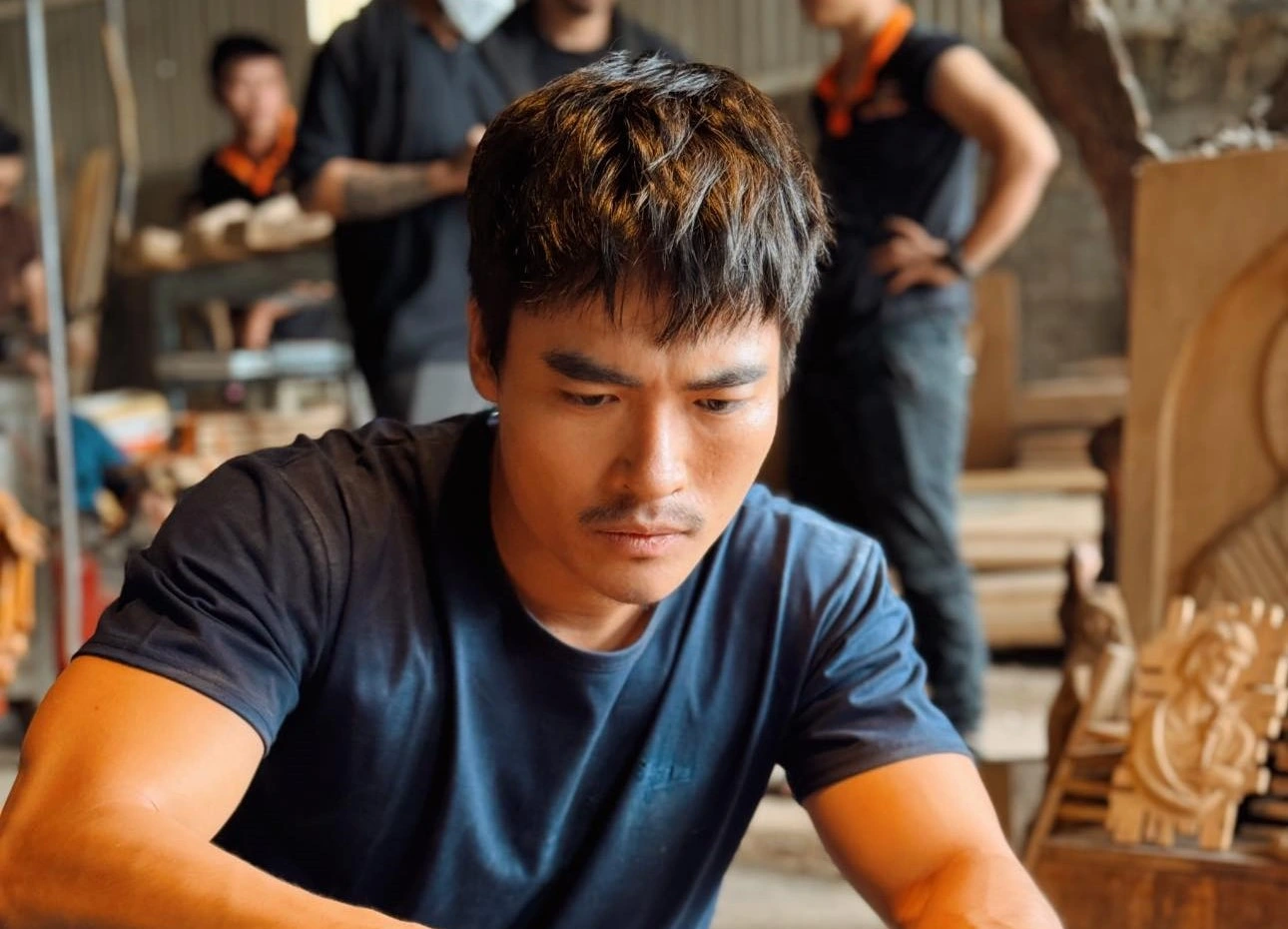








Comment (0)